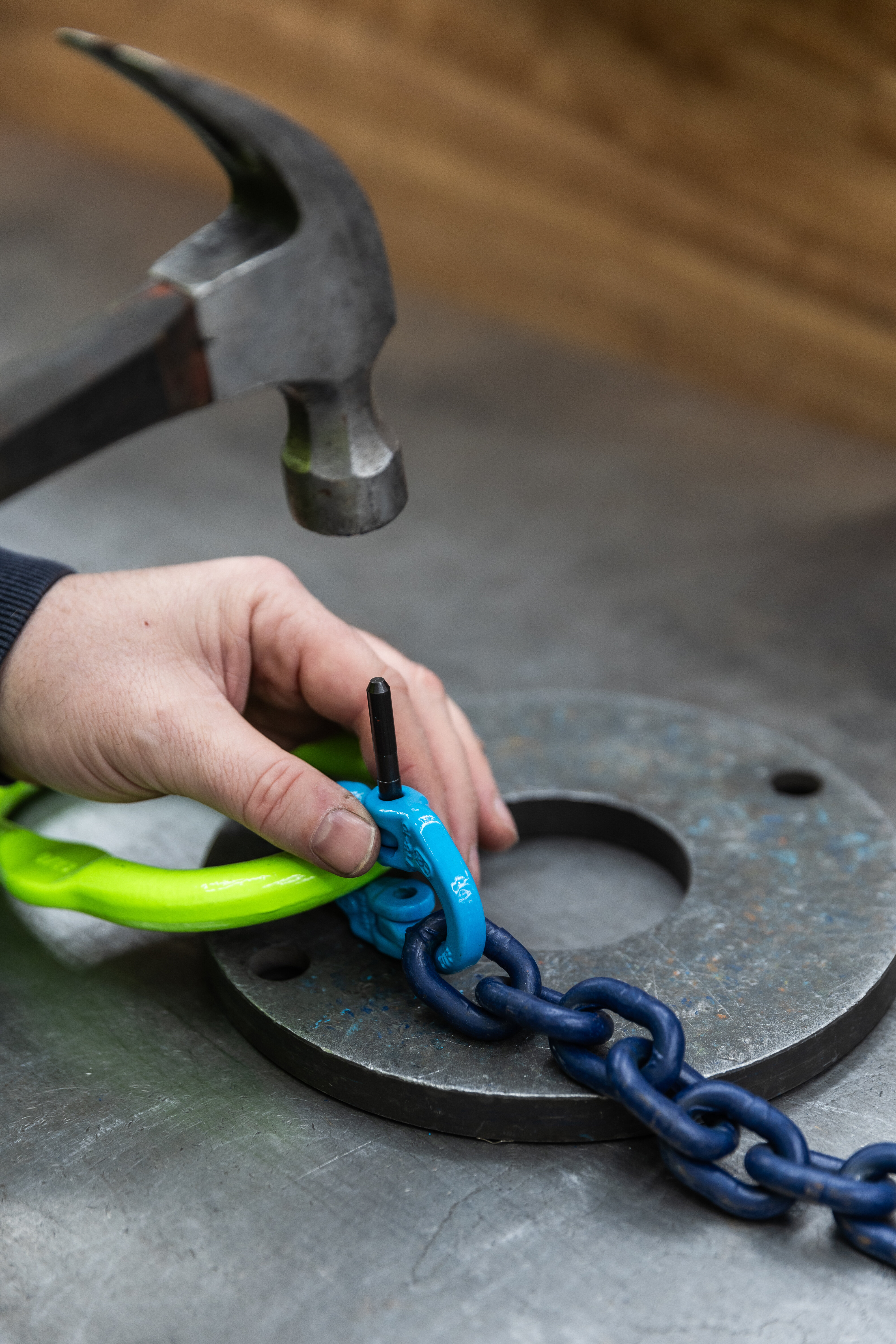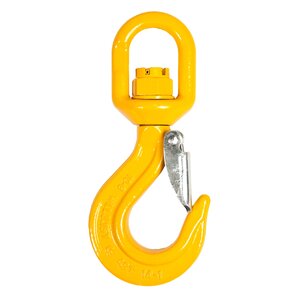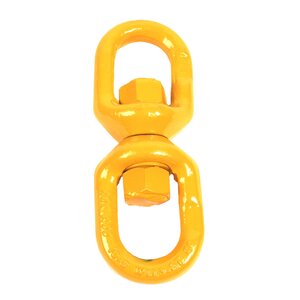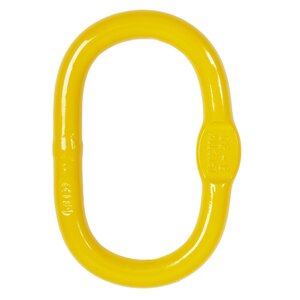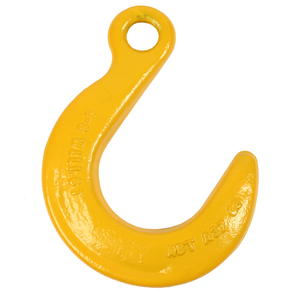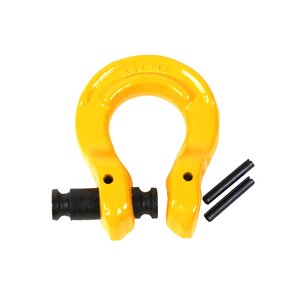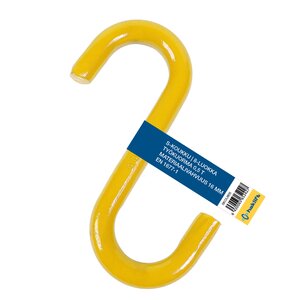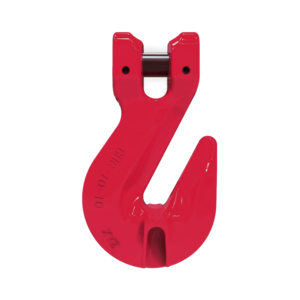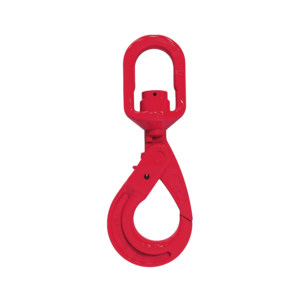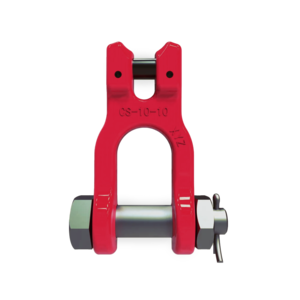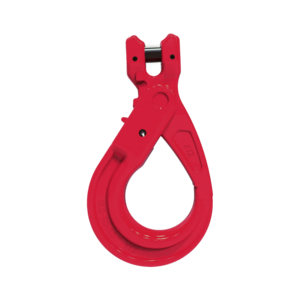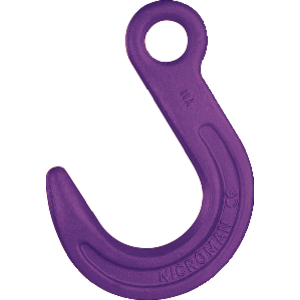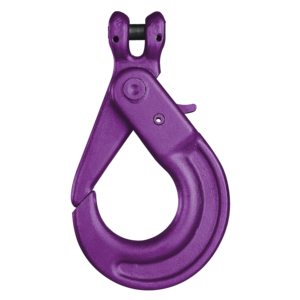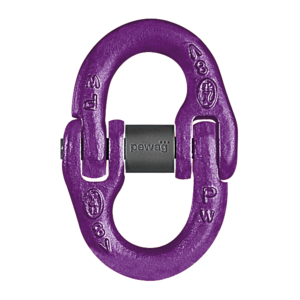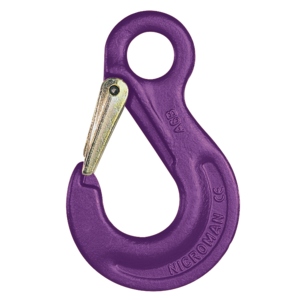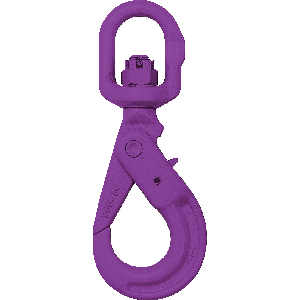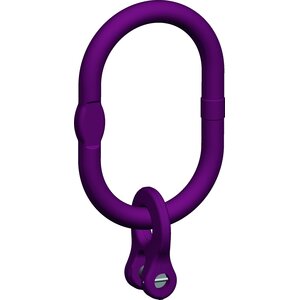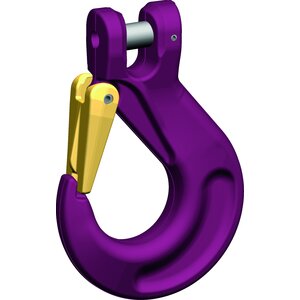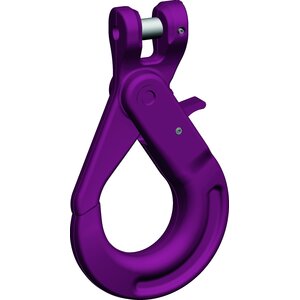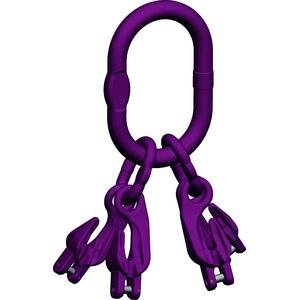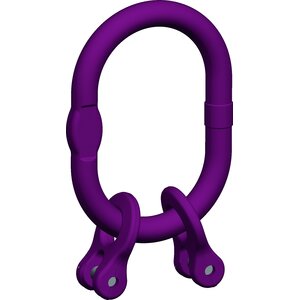Components and accessories of chain slings – what affects functionality?
Chain slings consist of modular elements that can be configured depending on the type of work, load, and lifting device. Each component has a specific function and must meet quality standards to ensure safe use.
Main components of chain slings
Master links
- Connect the sling with the hook of a crane or hoist
- Available as single or in sets (for multi-leg slings)
- Must have the appropriate diameter and load grade
Chain legs
- Made of high-strength steel (Grade 80, 100, or 120)
- Responsible for transferring the force from the suspension point to the load
- The length of the legs can be fixed or adjustable
Assmebly links
- Allow the distribution of force across multiple legs
- Used mainly in two-, three-, and four-leg slings
Hooks
- Sling / Latch hook – most common, with a spring-loaded safety latch
- Grab hook – enables leg length adjustment
- Swivel hook – provides greater flexibility in maneuvering the load
- Self-locking hook – increases safety when lifting heavy elements
Shorteners
- Allow quick shortening of a leg without disassembly
- Help level the load and adapt to its geometry
Connectors
- Used to join components, e.g., hook with chain leg
- Must be properly matched in terms of chain diameter and grade
